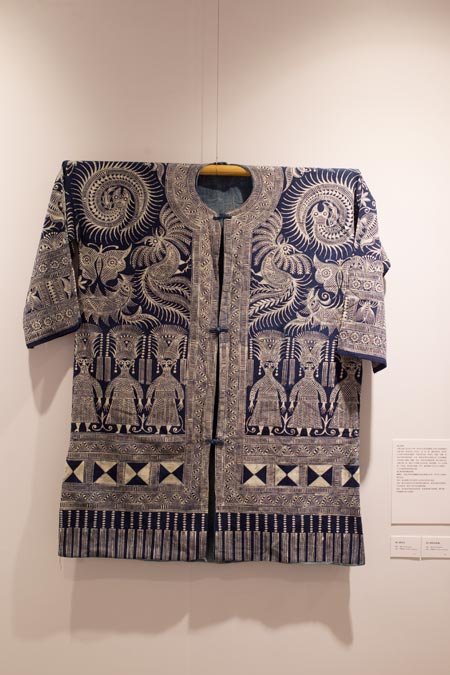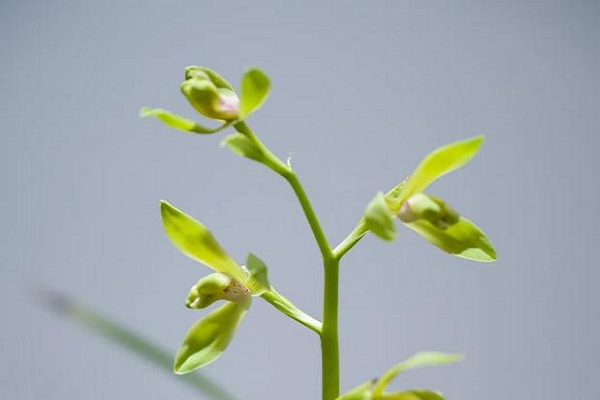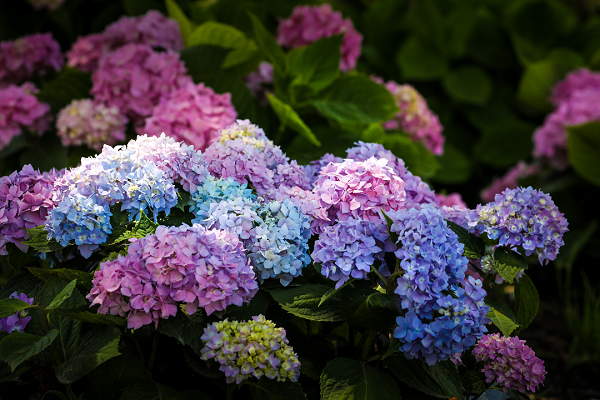 |
|
Photo by Gao Erqiang /China Daily |
"For some cloth makers and their families, a garment is a visual record of an epic that tells how the household is developed," Hu says.
Some tools, including looms and knives for drafting patterns and waxes for batik paintings, are also exhibited, giving visitors insights into the complicated cloth-production processes.
Unlike the modern fashion industry, the traditional cloth making is time consuming and the products last much longer. The patterns and the skills are usually the secrets of a family handed down from mother to daughter. Traditional cloth making is demanding, and requires a lifetime of learning and training. It may take dozens of steps and several months to finish a handkerchief-sized piece.
The folk patterns and traditional cloth-making crafts are precious in terms of their contributions to the database of the textile industry as they are still inspiring today's textile designers.
However, as mass-produced clothing is increasingly replacing traditional cloths, some of the patterns and crafts are on the edge of dying out.
"I think maybe one of the best ways to preserve the traditional patterns and crafts is to find their positions—or functions they potentially realize—to today's world," Hu says.
"For example, making them into smaller-sized products such as a shoulder bag, a purse and name-card holder."
IF YOU GO
3F, Found Muji, iapm, 999 Huaihai Zhonglu (Middle Road), Shanghai
021-6475-6855.
10 am-9 pm, until April 20.


